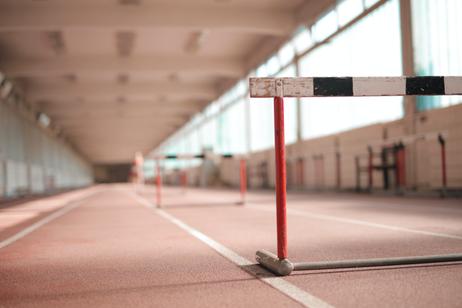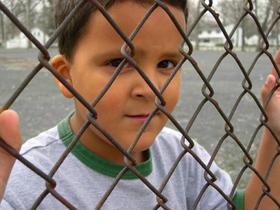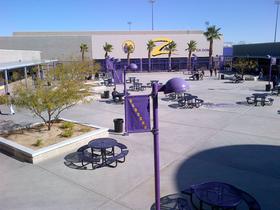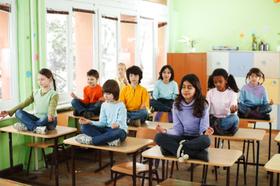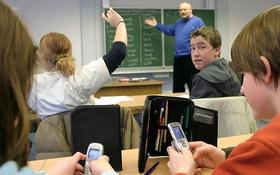Dallas Independent School District is one of the largest school districts in the United States. In recent years, it has received plenty of publicity regarding its high dropout rates, which reached the seventh-highest figures in the country in 2008. The numbers are even more concerning since the districts with higher dropout rates than Dallas tend to be in much smaller cities. Since those numbers were released, the district has been implementing programs to reduce the dropout rate, and thus far, schools are seeing a measurable amount of success.
A Brief History of Dallas Independent School District
Schools in the Dallas area were officially coordinated into the Dallas school district in 1884. This came at the same time a statewide system for public schooling was established, breaking the state into individual school districts, each assigned a unique number and system of governance that was accountable to state overseers.
Like other southern school districts, the Dallas Independent School District went through an extended period of segregation, designating some schools for black students and others for white students. Desegregation began in 1960, according to Wikipedia, six years after the Supreme Court’s ruling on Brown v. Board of Education. The desegregation process was completed in Dallas in 1967. In 1996, the Dallas Independent School District went through a major rezoning upheaval that again moved many students into different schools based on the new zoning boundaries.
Since then, the number of white students in Dallas has slowly and steadily


